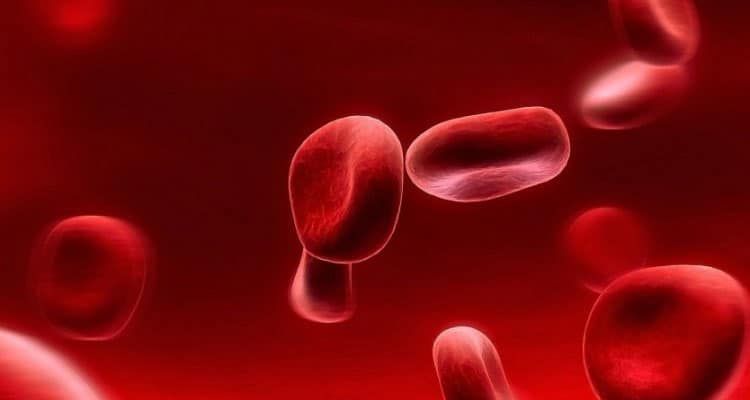Orthopedic biologics are a hot topic in the world of musculoskeletal medicine and orthopedics. It will be a roughly 45-billion-dollar industry by 2021.
There is a lot of misinformation and false claims being made about these therapies. Various stem cell clinics have popped up, charging exorbitant amounts of money. They are also making unfounded claims of cartilage and tissue regrowth. Many are run by non- physicians with no training in injections or the science behind them.
Biologics include platelet rich plasma (PRP), adipose derived cells (ADSC), bone marrow aspirate concentrate (BMAC), Wharton’s jelly (umbilical cord tissue), and amniotic tissue. The term ‘stem cells’ is used frequently but in reality; we are harvesting progenitor cells which are often confused with stem cells. Progenitor cells are early descendants of stem cells that can differentiate to form one or more kinds of cells but cannot divide and reproduce indefinitely. A progenitor cell is often more limited than a stem cell in the kinds of cells it can become.
These injections may play a large part in filling the treatment gap that exists for patients between little to no intervention and surgery. Certain body regions are slow to heal, such as tendons due to low metabolic rate and joints due to hypo vascularity. These injections used by the appropriately trained physician are tools to help aid patients in recovery. Trained physicians use ultrasound or x-ray guidance to place the biologic in the appropriate body site. Importantly, they do not replace surgery when clear surgical indications are present.
So let’s dive into more information on Platelet Rich Plasma.
Platelet rich plasma, often referred to as PRP, is autologous blood which means the patients own blood. After a blood draw, it is placed in a centrifuge to spin out red blood cells while keeping various levels of platelets and white blood cells. PRP has been used since 1987 and was initially developed for use following heart transplants. In the 90’s its use became popular for maxillofacial and plastic surgery. During the last decade it has gained popularity in sports medicine for treating arthritis, tendon issues, and muscle injury.
It works by tapping into the body’s natural healing pathways. PRP is the signaler not the healer. There are unique proteins and growth factors that are secreted from alpha granules of platelets. Preparation involves concentrating the platelets in a patient’s blood. It is well known that joints don’t tolerate red blood cells, so they are removed during the spinning preparation. The concentration of white blood cells or leukocytes is important for the target treatment. Leukocyte rich (LR) concentrations augment inflammation while leukocyte poor (LP) has a strong anti-inflammatory effect. For the treatment of tendon issues the inflammatory properties of LR aid in healing while for joint pain LP can help with pain relief. Further we can differentiate into platelet poor plasma which may aid in healing of muscle injuries. PRP also augments hyaluronic acid secretion in joints helping with joint lubrication.
Taking it a step further, the location of an injection may be customized. We perform para-tendon/ligament injections (around the tendon) for non-focal lesions, in season athlete, or pain control. We perform intra-tendon/ligament (in the tendon) for focal lesions, trying to heal small lesions, pain control for large lesions, or out of season athletes. For muscle injuries they are best addressed in the first 24–48 hours prior to blood coagulation with aspiration of blood prior to injection.
The protocols for injections vary and some patients may benefit from multiple injections. Likely related to tendon lesion size or level of arthritis. Most physicians will recommend 1–3 injections spaced several weeks apart. It is currently recommended that patients do not take anti-inflammatory (NSAIDs) medications leading up to the injection and for several weeks following due to anti-platelet properties.
The strongest data currently supports the use of LR PRP for tennis elbow and gluteal tendinopathy and LP PRP for knee osteoarthritis. There are many studies and ongoing research to support its use for far more musculoskeletal and orthopedic conditions.
The biologics therapies give us new tools to use in the healing process. Done by trained physicians they are low risk options to the patient. The downside is mainly are cost to the patient as they are not currently covered by insurance. You may want to ask your physicians if these are appropriate treatment options.
This information was drawn from several sources including a series of orthopedic lectures by experts in the industry. This represents opinion. Treatment should be discussed with your physician.
The next two articles will focus on stem cell therapies, umbilical cord tissue, and amniotic fluid injections.
Dr. Sampson is a board-certified non-operative sports medicine physician who is seeing patients in San Francisco at Post Street Orthopaedics and Sports Medicine.
